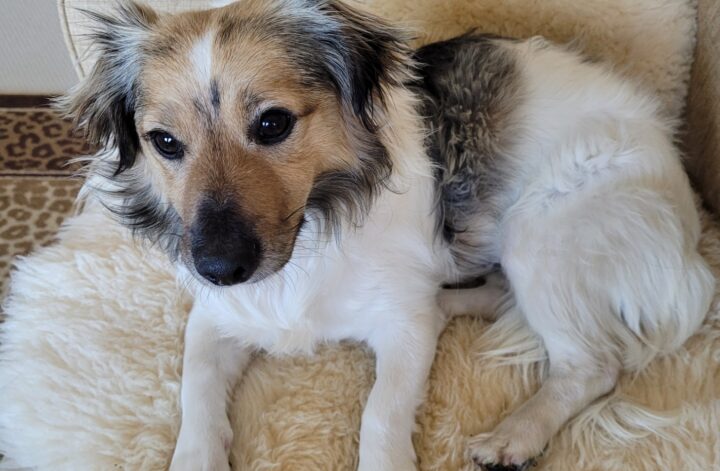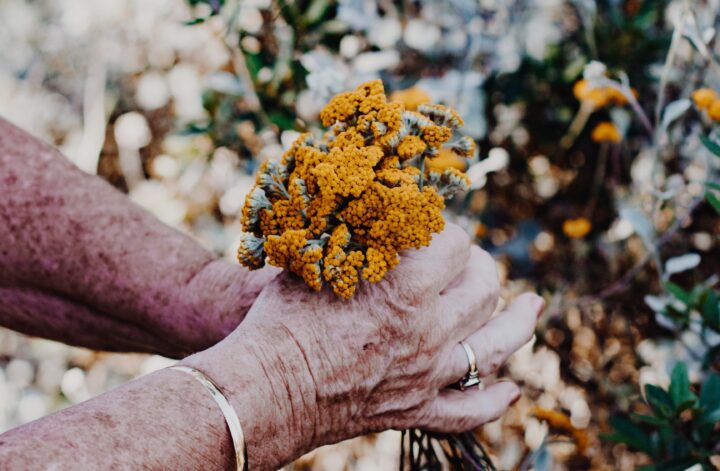Three days, three weeks, three months -3-3-3 a strategy for what to expect and how to welcome a rescue dog into your home. Read my previous article Hello Ollie
Several online resources for pet owners bringing rescue dogs home point to a 3-3-3 strategy for success. When bringing home a puppy or older dog, either a rescue or from a shelter, these tips will help you and your dog to become fast friends in a lasting relationship – even past the honeymoon stage.

3-3-3
3 days – Nervous and overwhelmed
Be patient and stay positive, give them space, give clear directions and start to establish routines, do not force interactions
3 weeks – Settling In (honey moon stage)
your dog feels more settled and will start to test boundaries, behaviour issues may arise, continue to work on basic commands with clear directions, and praise and reward the behaviour you want to reinforce
3 months – Building Trust and Bonding
trust is established with you, your dog knows their routine, finally comfortable in the new home, continue positive reinforcement training (use treats in moderation)
When I first met Ollie he was visibly nervous and was more comfortable being in his crate. Tail down, ears back and visibly shaking, he snuggled into the baby blanket I brought for him and stayed in his crate for the 4-hour drive to Kelowna.. Thankfully, he wasn’t carsick.
For the first few days Ollie spent much of the time in his crate or close to it as he got used to the sounds and smells in his new home. Slowly, I moved his water and food dishes away from the crate and further into the living area. By the end of day two, he was exploring the living area and would rest in his bed outside of his crate. Potty training was already established so one less worry.
During those first days, I let him decide how far away from the house he wanted to venture when we went for walks – nose to the ground but still very alert. On day three he ventured a few houses down the street until he saw the large yellow something with the blue hat – a three-foot fire hydrant. Frozen in place, he stared but didn’t make a sound for several seconds then a determined about-face back to the house.
It took two more days before he would walk past the yellow beast giving wide birth and keeping the menace in his view at all times. Feeling comfortable that he was getting the lay of the land and we could safely walk past the big yellow beast, we were barely out the door for our late evening stroll when the nearby coyotes started howling. We went back to a two-house distance.
During the first few days, we kept to ourselves for the most part. Any visitors to the house who tried to get close enough to offer a chin rub were unsuccessful. No eye contact and a turned head (the side stare) were definite clues he was not in a happy place. Forcing interaction in these early days can be very distressing for your dog – and sometimes for the friends or family who really want to connect with the new pup.
In the first few days, the most important factor is to be patient while establishing a routine.. Giving your new dog space and time to adjust while starting new routines will go a long way to building a solid relationship. Dogs like ritual and routine. If you don’t make the rules and create routine your dog will develop their own. I am fortunate that Ollie only needed to get used to me and not several family members.
As the first week progressed we gradually made it a little bit further down the street each time we left the house. Always on a leash since he could so easily bolt at the sound of the quail calling out or the sight of a deer 40 feet away.
Our first big outing came at about a week when Ollie experienced a car ride outside of his crate. With his harness secured to the seat belt he sat in the back seat, nervous at first but then he seemed to settle. We drove to the greenway walk where we encountered a few strollers, bikes and other dogs on leashes. I’m not sure how distressing it was for him, but I can tell you his lunging and barking at the other dogs totally stressed me out.
With some research and talking to a dog trainer, it seems that seemingly aggressive behaviour is fear-based and could be related to a variety of circumstances. He could he trying to protect me with this behaviour, or he may have had past experiences with other dogs. One of the other owners said “Oh, he just wants to play” but I have since learned that not all dogs want to play.
So we definitely will need to work on certain behaviour, but we are still in the early stages and Ollie is still decompressing. Patience
Since I brought Ollie home three weeks ago we have become quite inseparable. Developing trust in me, learning that it was safe to go out the door with me, where to sleep and find food all came quite easily. He still is never more than 8 feet away from me no matter how many times I move from one place to another. I am only out of his sight for as long as it takes for me to shower.

Two things I learned in the first three weeks
- Ollie loves long nature walks – he’s a bit of a prancer
- Ollie has reactive behaviour toward other dogs – we’re going to need some help.
Oh, and another thing…….I think I’m in love.




1 Comment
Love this and the last comment!!! two very happy ‘campers, ‘having each other!!